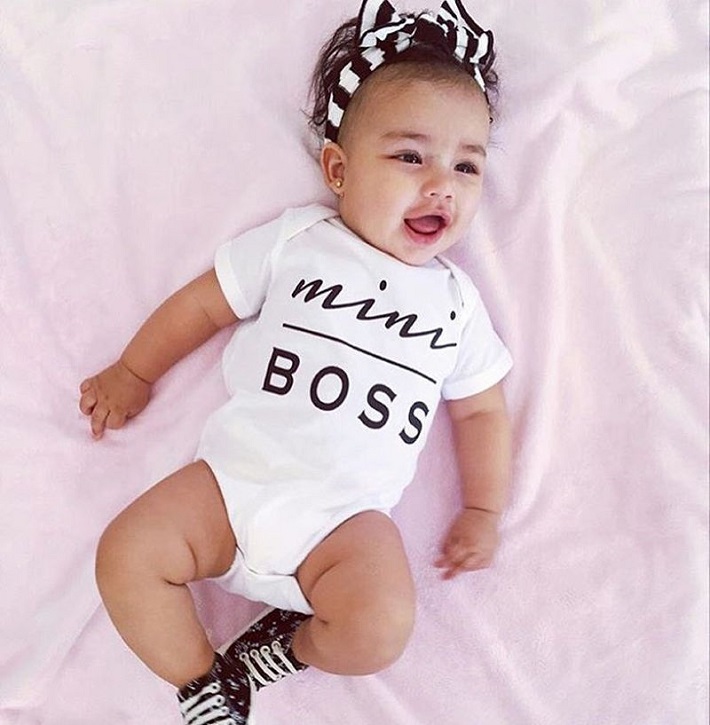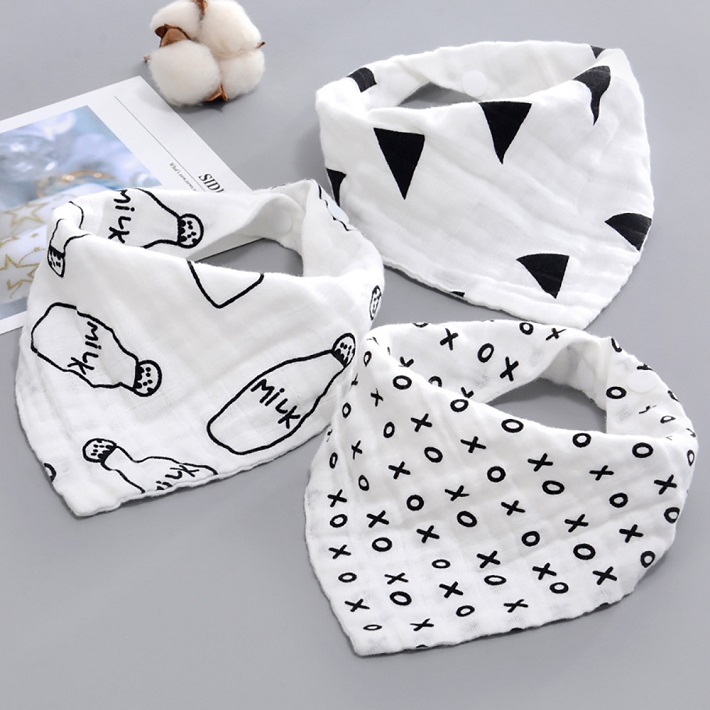When you’re a first time parent, nothing is as fun as dressing your newborn in tiny cute onesies and other clothes. But, it’s not so fun when you have to feed your baby and he or she throws up all over the clean new clothes. Dammit, you just changed him/her 5 minutes ago. This is why, like it or not, babies need to wear bibs at all times.

Bibs prevent baby’s clothes from getting stained by milk or food spills. Although they’re small, babies generate a lot more dirty laundry than you do. So, by using bibs to keep your baby’s shirts clean longer, you can reduce the pile of laundry you have to deal with. Plus, bibs absorb babies’ drools, thus helping to keep them dry and protect their sensitive skin. What’s more, a bib with an interesting design can also be used as a cute accessory.
What Kind of Bibs Do I Need?
There are several types of bibs available on the market which are designed to suit different needs. For instance, feeding bibs are the most common options as feeding a baby can be extra messy. Some feeding bibs also feature pockets that can catch any food that might fall. This way, in addition to protecting your baby’s clothes, the bib will protect the floor as well. You can also get a long-sleeved bib if your little one can’t sit still while eating or likes to play with the food.

When you’re not feeding your baby, a more convenient option is a drool bib. Drool bibs are much smaller than feeding bibs and are only designed to protect the area around the neck. They prevent dribble from sliding down the baby’s neck and soaking into the clothes. Since these bibs are small, the baby can comfortably move.
A baby bandana bib is a great option when you’re attending a special occasion with your baby such as a birthday or wedding and don’t want a regular bib to ruin a perfect outfit. It also makes a discreet solution for toddlers who easily get dirty when eating. A baby bandana bib will look like a stylish accessory and at the same time offer protection from spills and drools.
Which Fabrics Are Best for Bibs?
The bib is going to be near the baby’s face and babies tend to put bibs in their mouths. For that reason, it’s crucial to pick bibs made of fabrics that are gentle, soft and free of harmful chemicals. In order to be waterproof, many bibs on the market are made of PVC (polyvinyl chloride) which includes harsh chemicals that can irritate the baby’s skin. These chemicals can also be emitted into the air and the baby will inhale them. With that being said, avoid these kinds of bibs at all costs.

Instead, opt for bibs made of organic and safe fabrics. Bamboo is a really good choice because it isn’t treated with harsh chemicals and is hypoallergenic which means it’s safe for babies’ sensitive skin. In addition, bamboo is really absorbent and moisture-wicking which means it will keep your baby dry and comfortable. Some drool bibs can be lined with a waterproof material in the back that prevents any liquids from soaking into the clothes. This fabric is similar to a diaper cover, only thinner.
How Long Do Babies Use Bibs?
You will probably wonder when can you ditch bibs and finally get to showcase your baby’s cute clothes? Like all things related to babies, it can’t be predicted. It depends on a variety of factors. If your baby starts teething early, you can probably get rid of drooling bibs earlier and only use feeding bibs. In general, you will probably need bibs from the time your baby is born until he/she starts eating solid foods.
How Many Bibs Do You Need for a Baby?
This depends on your baby. Some babies will go through several in a day, and some will be okay with only one. In the first couple of months, babies bring up milk when they burp which means you will probably need to change the bib after each feeding. As they grow up, throwing up is less frequent. If the baby drools a lot, you will need to have a good amount of clean bibs at hand. Overall, it’s a good idea to have around a dozen bibs to make sure you never run out.

Can Babies Sleep with Bibs On?
Babies often fall asleep right after feeding. While this is entirely okay, it could be dangerous if they still have their bib on. While the baby sleeps, the bib can accidentally go over the face and become a choking hazard. With that being said, always make sure the bib is off when you put down your baby to sleep in the crib. Even if you might disturb their sleep by taking the bib off, it’s better compared to the risks. Also, make sure you don’t make similar mistakes that might endanger your baby as she/her sleeps.



